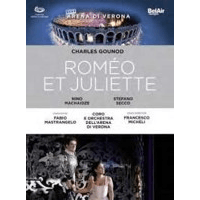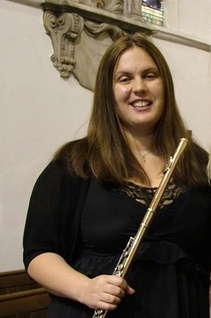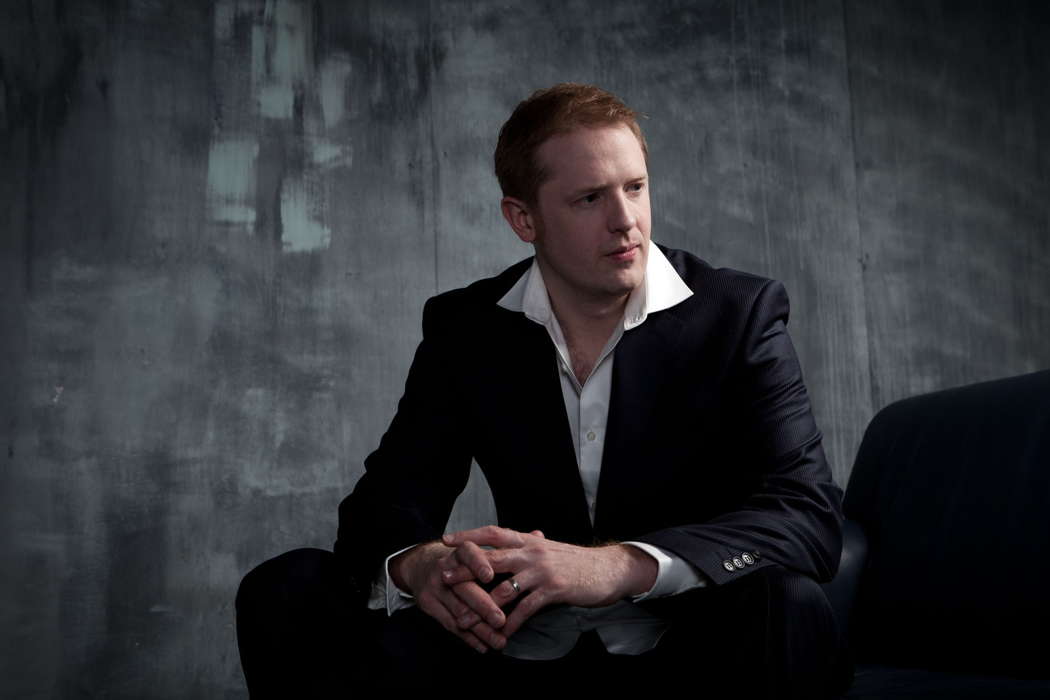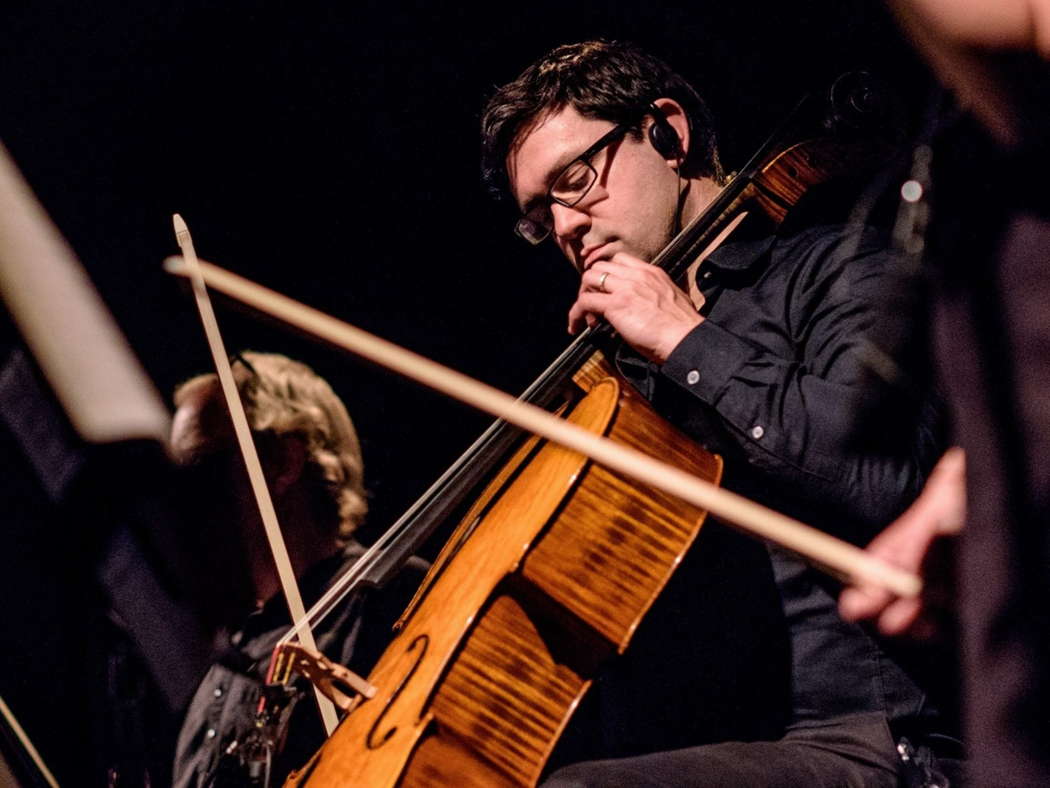- Mobil Babayev
- Christopher Tambling
- Pierre Henry
- Opera Discovery Records
- Britten
- Offenbach
- BR Klassik musica viva
- Celia Craig
 DISCUSSION: What is a work? John Dante Prevedini leads a discussion about The performing artist as co-creator, including contributions from Halida Dinova, Yekaterina Lebedeva, Béla Hartmann, David Arditti and Stephen Francis Vasta.
DISCUSSION: What is a work? John Dante Prevedini leads a discussion about The performing artist as co-creator, including contributions from Halida Dinova, Yekaterina Lebedeva, Béla Hartmann, David Arditti and Stephen Francis Vasta.
 SPONSORED: DVD Spotlight. Olympic Scale - Charles Gounod's Roméo et Juliette, reviewed by Robert Anderson.
SPONSORED: DVD Spotlight. Olympic Scale - Charles Gounod's Roméo et Juliette, reviewed by Robert Anderson.
All sponsored features >>
Piquant Stylistic Contrast
MIKE WHEELER listens to the chamber group Serenata
There may not be many permanent chamber-music groups comprising flute, cello and piano, but Serenata - Jane Dixon-Wayne, flute, Nicholas Holland, cello, and Warren Mailley-Smith, piano - is one of them, formed just this year. And there's more original repertoire available to them than you might think. They began with Haydn's Trio No 29 in G, Hob XV:15 - Derby Chamber Music, Multi-Faith Centre, Derby University, Derby, UK, 19 November 2023.
This is one of three commissioned by the London publisher John Bland, who specifically asked for trios with flute parts rather than ones for violin, in view of the flute's popularity in England at the time. The first movement stepped out cheerfully, with a twinkle in its eye and a relish for Haydn's cheeky sideways harmonic moves. After a graceful and elegant account of the minuet-style second movement, came both the finale's teasing hesitations and its more sombre minor-key episode.

Jane Dixon-Wayne
The first movement of Beethoven's 'Moonlight' Sonata, Op 27 No 2, may be placid on the surface, but Warren Mailley-Smith made us aware of its underlying tension, with every strand in the texture clearly voiced. The second movement's leaps and skips were not entirely carefree, but seemed to be trying to shrug off the earlier mood. Mailley-Smith's playing in the finale took nothing for granted, exploring both the music's ferocity and its subtle nuances.

Warren Mailley-Smith. Photo © 2011 Benjamin Ealovega
Piquant stylistic contrast came with the three pieces that surrounded the interval. Villa-Lobos' Assobio a Játo (The Jet Whistle), for flute and cello, draws, like so much of his music, on his Brazilian heritage. The first movement's elegant dance was followed by a nice touch of drowsy indolence in the second, and a play-off between nervy flute and dogged cello ostinato in the finale. Sadly, though, the 'jet whistle' effect specified at the end didn't come off, lacking the required shrillness.
Philippe Gaubert's Pièce Romantique brought the three players together again, sensitively shaped by their long-breathed phrasing. The Fauré-like piano part occasionally becomes over-busy, but the gentle ending was exquisitely handled.
Falla's Serenata Andaluza is an early solo piano piece, here transcribed for flute and cello by Nicholas Holland.

Nicholas Holland
While it doesn't have the flamenco-influenced intensity of Falla's later music, it is still recognisably Spanish in character, and given an elegant reading here.
Piazzolla's Oblivion, both laid-back and restless, was dispatched with a strong feel for his distinctive style of tango.
Weber's Trio for flute, cello and piano, Op 63 was the last of his few chamber works. Serenata brought out the echoes of both Schubert and Beethoven in the first movement, as well as highlighting its operatic changes of mood. Some passages wouldn't sound out of place in the more homespun moments of Der Freischütz, both here and in the ländler-like second movement. In the third movement, 'Schäfers Klage' (Shepherd's lament), the flute and cello parts have a distinct vocal quality, to which the players brought just the right degree of melancholy, before charting the finale's shifting moods and dark undercurrent.
There was more Piazzolla to end with. Libertango showed the players, once again, in full command of the idiom.
Copyright © 7 December 2023
Mike Wheeler,
Derby UK



